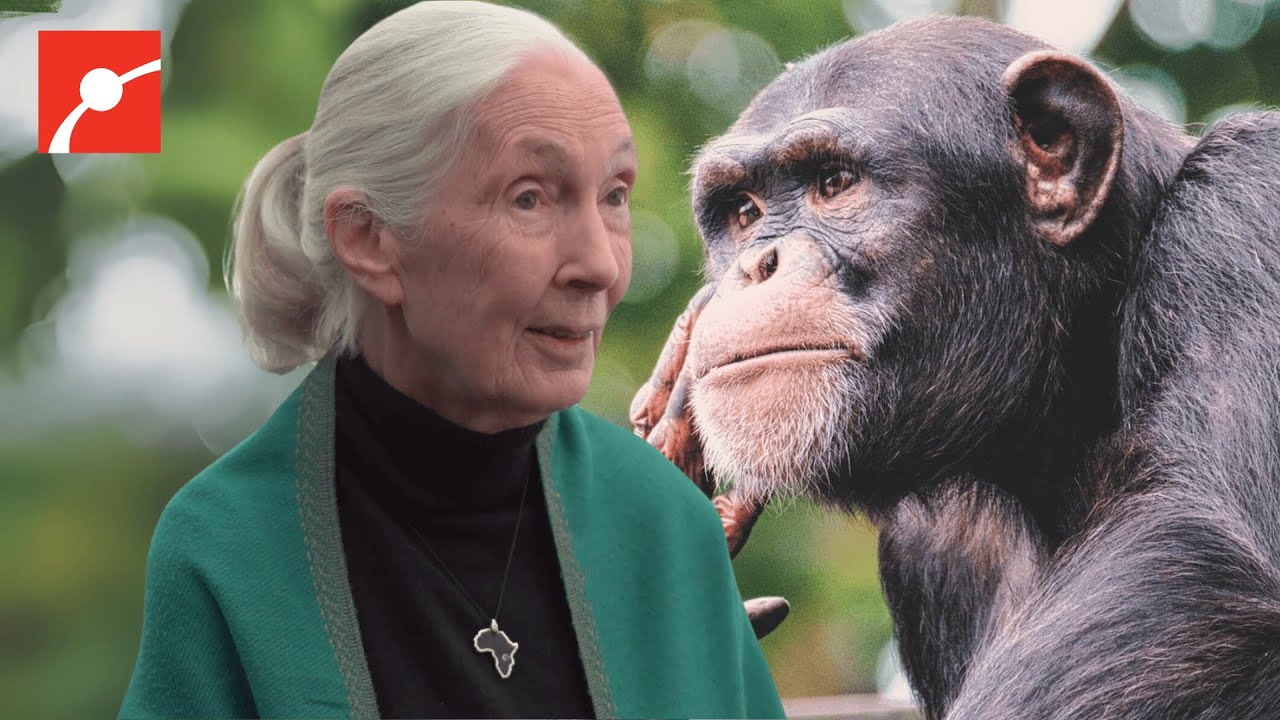- Dr. Jane Goodall’s pioneering work with chimpanzees and its impact on zoology and wildlife conservation.
- The significance of chimpanzees in understanding human evolution and behavior.
- The ethical implications and conservation efforts highlighted in Dr. Goodall’s research.
- The role of documentaries and media in raising awareness about wildlife conservation.
- Challenges and successes in chimpanzee conservation efforts.
Dr. Jane Goodall first ventured into the forests of Gombe Stream National Park, Tanzania, in 1960. This was a bold move that altered the course of zoology and significantly influenced wildlife conservation. Before Goodall’s research, little was understood about chimpanzees, our closest living relatives in the animal kingdom. Her observations, directly gained by immersing herself among the chimpanzees, provided unparalleled insights into their behavior, social structures, and similarities to humans. Goodall’s work challenged previous assumptions and brought to light the importance of temperament and relationships among primates.
Chimpanzees share between 95% to 98% of their DNA with humans, making them crucial to understanding human evolution. Observations made by Goodall, such as tool usage among chimpanzees, dispelled the previous belief that such behavior was uniquely human. Chimpanzees use sticks to fish for termites and leaves for sponges, illustrating their cognitive abilities. These findings further blurred the lines between human and animal capabilities, prompting deeper discussions within the field of anthropology about the evolution of human behavior.
Goodall’s work also highlighted the ethical considerations necessary in studying animal behavior. Her non-invasive observation approach emphasized respecting and preserving the natural behavior of chimpanzees without disrupting their environment. Furthermore, her advocacy for ethical treatment and conservation of wildlife has influenced how research is conducted and shaped conservation policies worldwide. Conservation efforts spotlighted through her research stress the urgency of preserving habitats as human encroachment and deforestation increase, threatening chimpanzee populations.
Documentaries and other media have played a significant role in disseminating Dr. Goodall’s findings, raising public awareness, and encouraging support for wildlife conservation. "Why Chimpanzees?" is a notable production that encapsulates Goodall’s journey and discoveries, enriching public understanding of the complex lives of chimpanzees and the vital necessity for their conservation. Such media projects amplify the reach and impact of scientific research, occasionally reaching an audience otherwise unengaged with scientific literature.
The conservation of chimpanzees faces numerous challenges, such as habitat loss, poaching, and diseases. Despite these obstacles, various conservation initiatives have emerged as a result of Goodall’s pioneering efforts. Organizations like the Jane Goodall Institute implement community-centered conservation approaches, emphasizing collaboration with local populations to protect chimpanzees and their habitats. These initiatives demonstrate successful conservation strategies that combine scientific research with community engagement, providing hope for the future of chimpanzees and other endangered species.
In summary, Dr. Jane Goodall’s contributions extend beyond scientific discoveries; they forged new pathways in ethical research and fostered a global conservation movement. Her trailblazing studies on chimpanzees remain essential in zoology and wildlife conservation, driving ongoing efforts to preserve biodiversity and safeguard the habitats of one of humanity’s closest relatives.
*****
Source Description
What makes chimpanzees special? In this video, Dr. Jane Goodall discusses how she came to study these amazing animals, and what she has learned from them. Jane considers herself lucky to be the first person to study chimps, because everything she saw was novel, including the chimps using tools. She believes that one of the most important things we can learn from chimpanzees is their conflict resolution skills. This can help us come together and inspire us to find ways to take climate action to reduce loss in biodiversity, including stopping the deforestation that currently threatens chimpanzees.
Jane Goodall – Reasons for Hope: https://www.youtube.com/playlist?list=PLxeUBLGfcIB8vWkIBzJcrGbnq_4gszHTR
Among the world’s largest science centers, the Museum of Science engages millions of people each year to the wonders of science and technology through interactive exhibitions, digital programs, giant screen productions, and preK – 12 EiE® STEM curricula through the William and Charlotte Bloomberg Science Education Center. Established in 1830, the Museum is home to such iconic experiences as the Theater of Electricity, the Charles Hayden Planetarium, and the Mugar Omni Theater. Around the world, the Museum is known for digital experiences such as Mission: Mars on Roblox, and traveling exhibitions such as the Science Behind Pixar. Learn more at https://www.mos.org/
Copyright © 2024. Museum of Science. All rights reserved. This video is owned by the Museum of Science and may not be reproduced, redistributed, or used in any manner without prior written permission from the Museum of Science.


